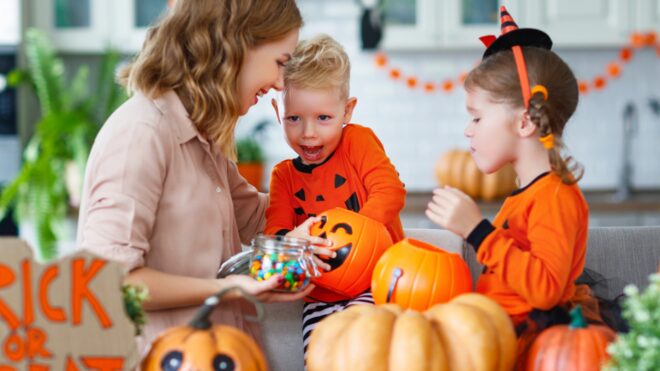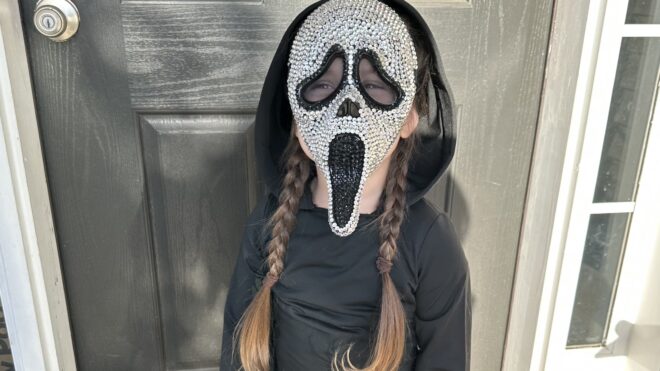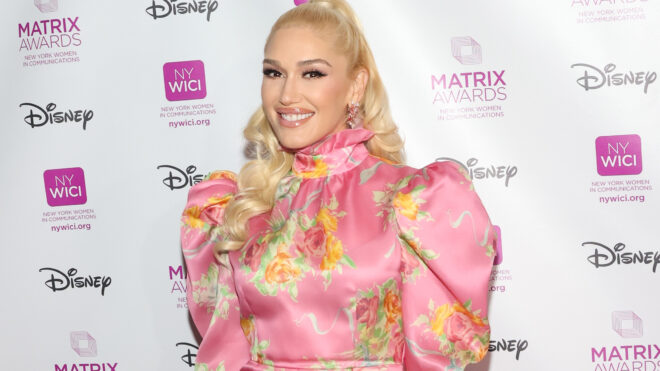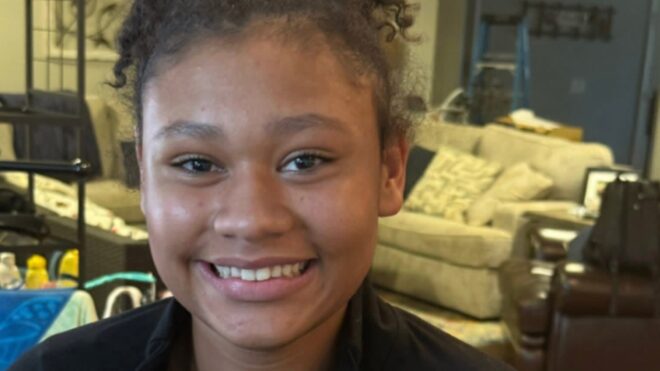Even if Halloween isn’t your favorite holiday of the year, there’s no avoiding it. Driving through neighborhoods, you’ll see both cute and scary decorations. On the night of Halloween, many people go all out with costumes and masks. Chances are, your toddler will be exposed to some aspect of Halloween sooner or later. So it’s a good idea to prepare them beforehand.
By talking about Halloween and the “scary” things your toddler may encounter, you can prepare them for when the lights are out. We never want our children to be fearful of new things, so it's a good idea to give them the tools and understanding ahead of time.
More from CafeMom: 15 New Spooky Movies We're Looking Forward to This Fall
Preview Halloween Decor During the Day
If you live in a neighborhood that’s generous with its Halloween decorations, walk or drive through it during the day. While they still may be cautious when the decorations are lit up, they may be less scared during the day. When they first see the decorations during the daytime, rather than on Halloween night, the child can better understand that they're not real.
If you want to take it a step further, walk or drive around a decorated neighborhood at night. This allows your toddler to see the decorations and scary things in the dark when there aren't people in costume walking around. You can even do so from the comfort of your car. This helps with overwhelm the night of Halloween.
More from CafeMom: 20 Cold Weather Costumes in Case Halloween Is Extra Chilly
Conversations Before Halloween
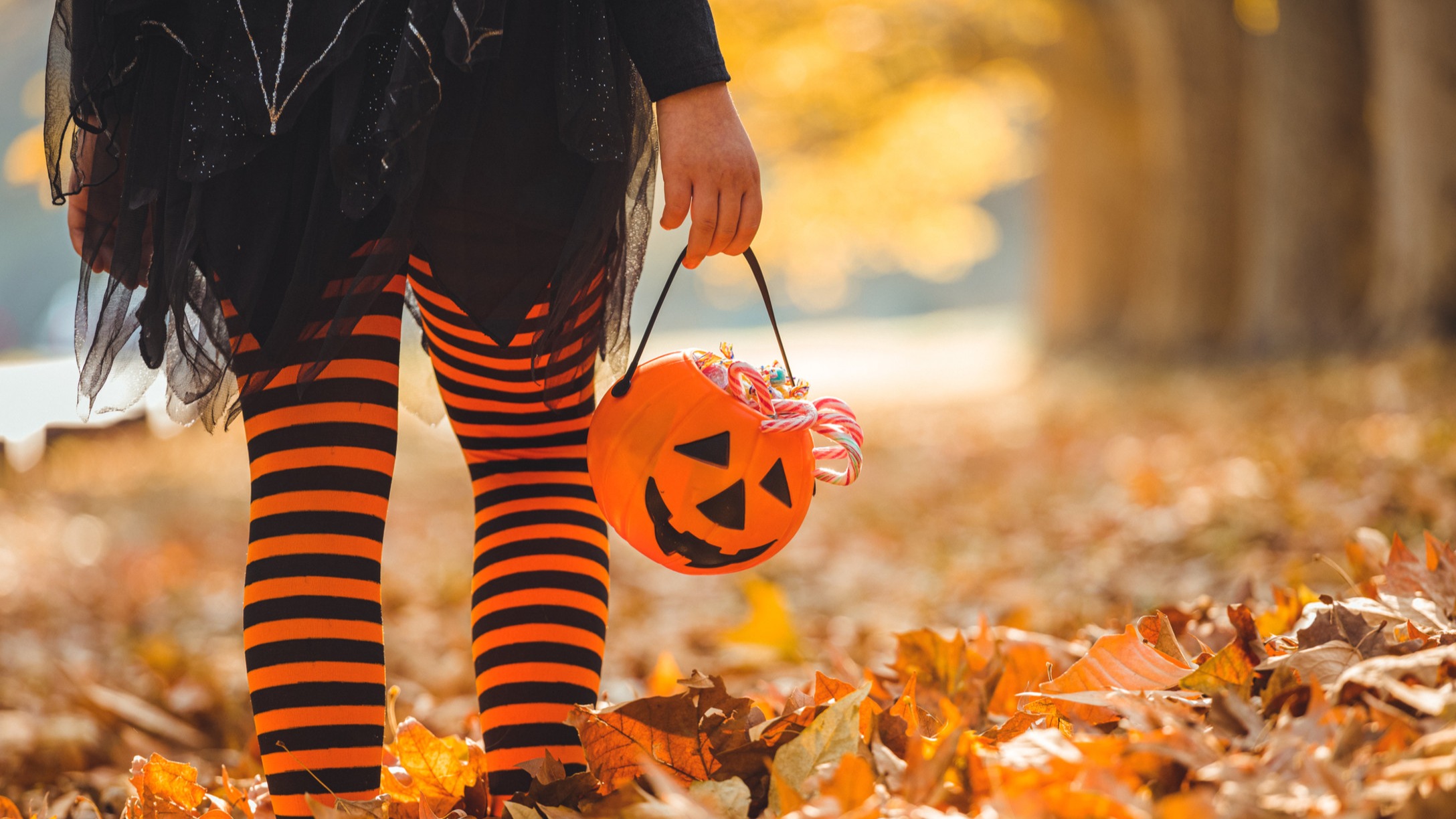
Open and continuous conversations are one of the best ways to prepare your toddler for something. These conversations happen the month or so before and continue until the night of Halloween. This is especially true for specific things like people in masks, fake decorations, skeletons, etc. Reiterate to your toddler that these things are not real and can be removed. If you have a young child who is not willing or able to have conversations, consider modifying your Halloween plan.
If your child is increasingly scared of Halloween-related things, some alternatives are:
- Trick-or-treating at a retirement home
- Only going to Halloween activities during the daytime
- Passing out candy in your home instead of going out trick-or-treating
- Avoiding houses you know have extra scary decorations
Demonstrate Masks & Costumes
Getting used to the masks and costumes ahead of time can help your toddler be less leery of them on Halloween. Demonstrate that masks and costumes can come on and off. They aren’t permanent. Watch videos or physically demonstrate putting masks and costumes on repeatedly. Explain to your child that people in costumes are just that, and that they're just regular people underneath.
Try saying something like: “See, this is a costume/mask! It’s fun, but just material. It doesn’t do anything special.” Put on a costume/mask. “Now I'm wearing the mask! Do you see it? Can you still hear/see me? I haven’t changed! I’m still mommy/daddy, even though I’m wearing a mask/costume.”
Take off the costume. Continue to talk through what you’re doing, and share that we can put on and take off costumes. It does not change who we are. We are just people wearing masks. If they are willing, put it on your toddler and have a similar conversation. Show them it’s fun if we want it to be. But if we become scared or nervous we can take it off. Then we are “normal” again.
Have this conversation a few times before Halloween. This allows your toddler to recollect conversations you’ve already had when the stakes are lower.
Read Books About Halloween & Trick-or-Treating
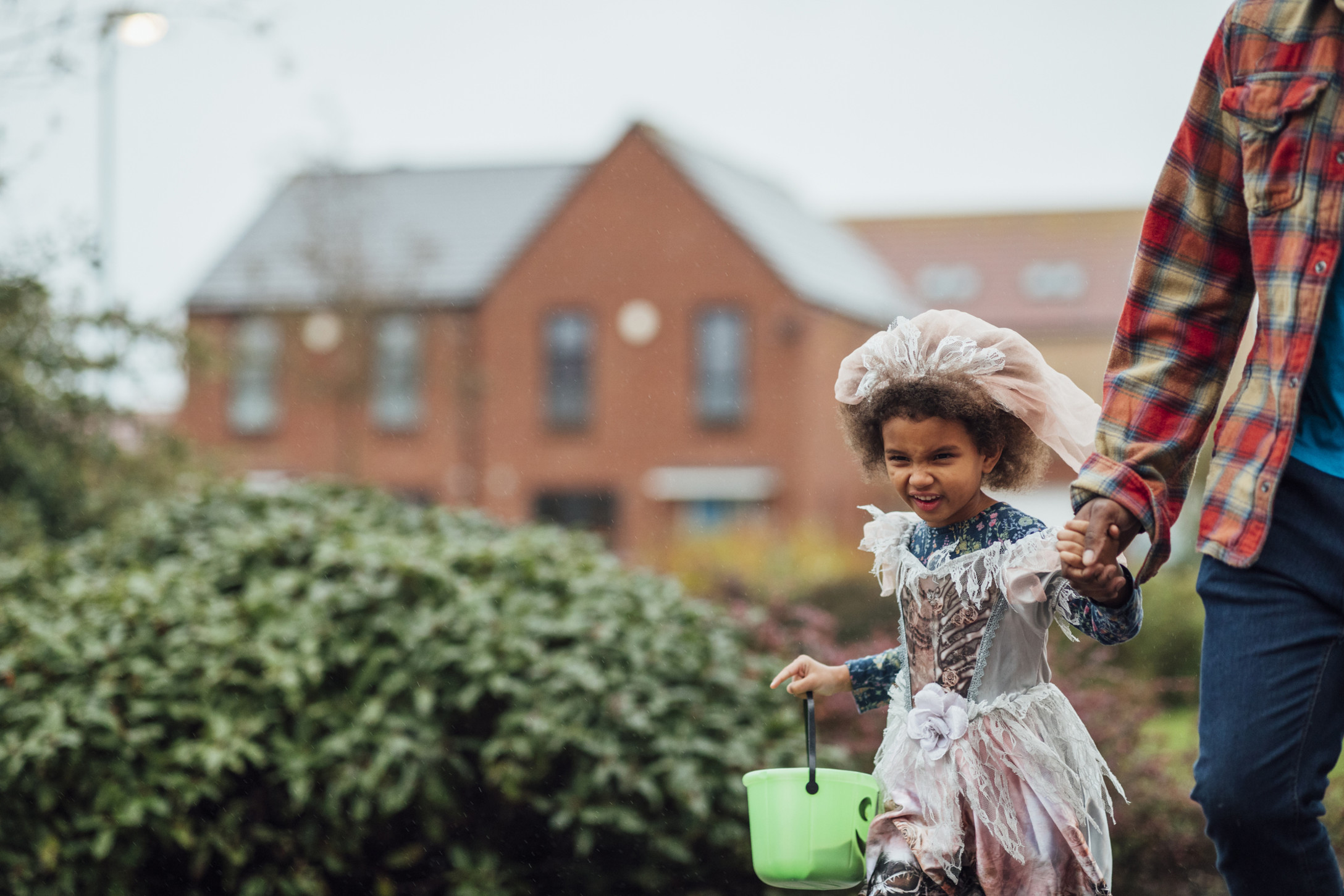
Books are another way to help children understand difficult concepts. Exploring scenarios like trick-or-treating that are new to toddlers encourages ongoing conversations. Books help parents control the narrative. It allows you to set the pace of the conversation. This will allow your toddler to feel comfortable with scary things at Halloween.
Reading books about Halloween will continue the conversation, with the help of a framework from someone else. You can pause to explain things or ask questions.
